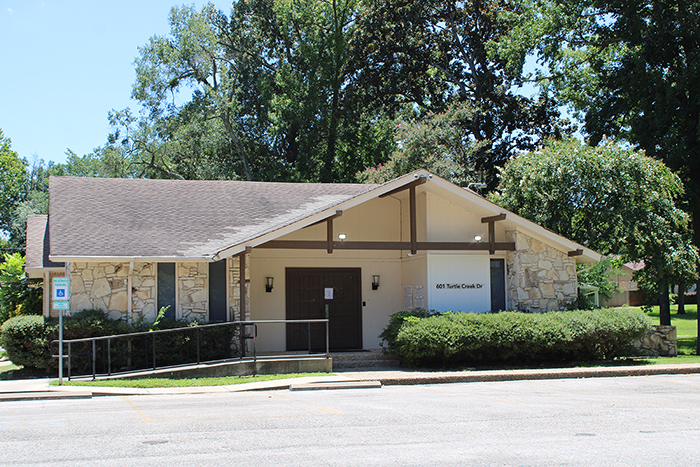Nurse practitioners could help ease doctor shortages
Published 9:11 pm Thursday, March 26, 2015
Texans often pride themselves on being number one — and for good reason. We’re number one in job creation, we’ve got the fastest-growing economy in the country, and we’ve been the top exporting state for 12 years.
But there’s some areas where Texas lags far behind other states.
Trending
Consider healthcare. Texans like to boast about economic freedom but rarely do we note that Texas has among the most restrictive scope of practice laws in the country. That means healthcare providers like nurses and dental hygienists can’t do as many procedures in Texas as they can in many other states. Not because they’re not trained for it but because state law won’t allow it.
A great example of this is the administration of local anesthetic by dental hygienists. In 45 states, dental hygienists can perform this routine task. Texas is one of the five states that won’t allow it, even though dental hygienists have been safely giving local anesthetic across the country for years.
An even more egregious example is the way that Texas restricts nurse practitioners and advanced practice registered nurses, or APRNs. In twenty states, including all of Texas’ neighboring states, APRNs have full practice authority, meaning they have authority to diagnose and refer patients, order tests and write prescriptions. Nebraska became the latest state to pass reform, which the governor signed into law earlier this month.
In New Mexico, where APRNs can operate their own primary care clinics, Governor Susana Martinez last year launched a campaign to entice APRNs from Texas to move to her state and enjoy greater freedom to care for patients and operate their own businesses.
As medical technology improves, more states are recognizing the benefits of allowing APRNs to practice to the extent of their education and training. The need for full practice authority is greater in states like Texas that suffer from primary care shortages. About half our counties don’t have enough primary care providers, and we have nearly 300 Medically Underserved Areas—more than any other state in the country. Yet we needlessly restrict what APRNs and other providers can do under state law.
The future of health care lies in diversified models of care that utilize non-physician providers like nurse practitioners to a much greater degree. The research on these policy reforms is clear: the quality, safety, and effectiveness of primary care provided by APRNs is comparable to that provided by physicians. And patient satisfaction surveys have consistently shown that patients are pleased with the quality of care and attention they get from APRNs. It’s not an unsafe experiment, it’s not unprecedented, and it’s not new.
Trending
Of course, entrenched interests want to block reforms that would bring Texas into the twenty-first century and foster more diverse venues for outpatient care that would lower costs, increase access, and lower wait times for patients. Special interest groups have opposed scope of practice reform for years and sought to create barriers to competition by keeping restrictive state laws in place.
This legislative session, a bipartisan coalition of lawmakers have filed a bill that would bring full practice authority to Texas, significantly increasing the number of primary care providers in the Lone Star State. Such bills have been proposed before but were defeated by special interests groups.
No one really believes that anymore. Both hard data and the experiences of other states has shown full practice authority for APRNs to be a safe, affordable way to provider primary care.
It’s long past time for Texas to join the growing number of states that allow full practice authority for APRNs, and remove unnecessary government regulations that restrict access to care for Texans and drive up health care costs.
John Davidson is the director of the Center for Health Care Policy at the Texas Public Policy Foundation.






